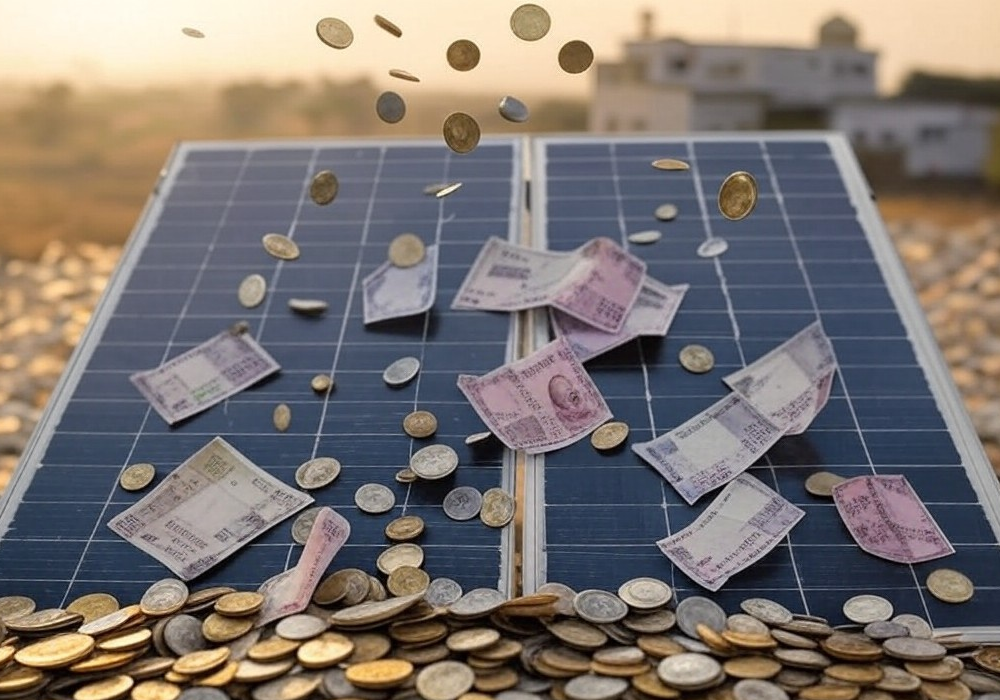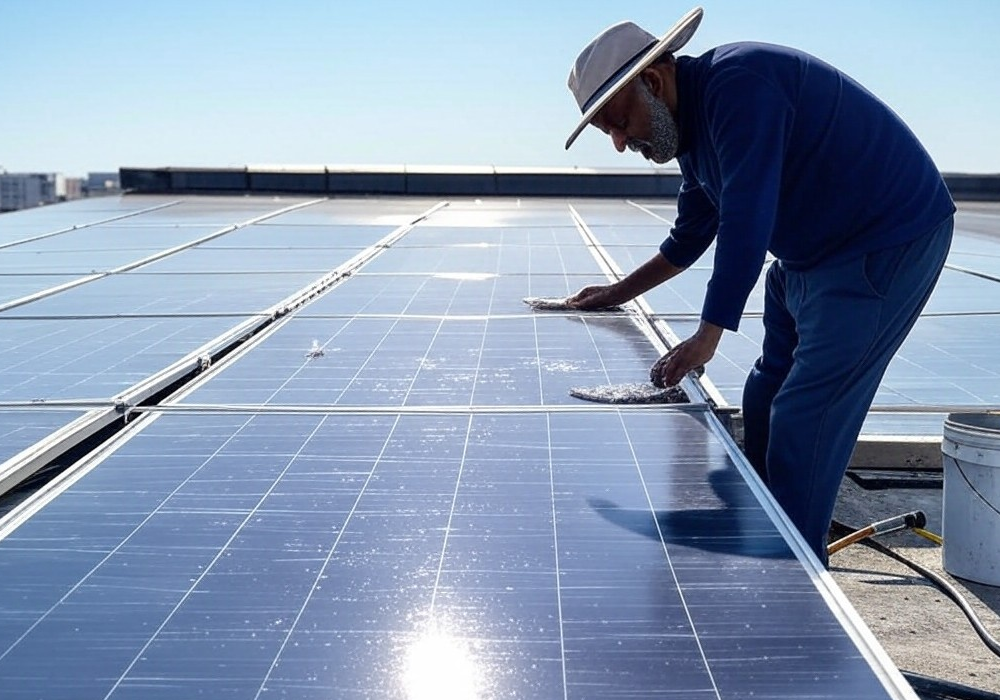As India moves towards a sustainable future, solar energy is emerging as a game-changer for households. With rising electricity costs and government incentives, 2025 is the perfect time to switch to home solar. This guide will help you understand everything you need to know about adopting solar power for your home in India.
Why Go Solar in India?
- Cost Savings – Reduce electricity bills significantly by generating your own power.
- Government Incentives – The Indian government offers subsidies and tax benefits for solar installations.
- Sustainability – Solar power reduces dependence on fossil fuels and helps fight climate change.
- Energy Independence – With solar panels, you can ensure an uninterrupted power supply, even during outages.
Types of Home Solar Systems
There are three main types of solar power systems available for Indian homes:
1. On-Grid Solar System
- Connected to the electricity grid.
- Excess power can be sold back to the grid (Net Metering).
- Ideal for urban homes with stable grid connections.
2. Off-Grid Solar System
- Independent of the electricity grid.
- Uses batteries to store excess energy.
- Suitable for rural areas with unreliable power supply.
3. Hybrid Solar System
- Combination of on-grid and off-grid systems.
- Works with batteries and can also sell excess power to the grid.
- Best of both worlds but slightly expensive.
How to Choose the Right Solar Panels
When selecting solar panels, consider the following factors:
- Efficiency – Higher efficiency panels generate more power in limited space.
- Durability – Look for panels with a 25-year performance warranty.
- Cost vs. Quality – Premium panels offer better longevity and output.
Government Subsidies & Financial Support
The Indian government provides various schemes to promote solar adoption:
- PM-KUSUM Scheme – Subsidies for solar pumps and rooftop installations.
- State-wise Solar Incentives – Many states offer additional benefits.
- Net Metering Policy – Sell excess solar power to the grid and earn credits.
Installation & Maintenance
- Site Assessment – A professional installer will evaluate your rooftop space and solar potential.
- Installation Process – Usually takes 3–5 days for a standard residential setup.
- Maintenance – Regular cleaning and annual check-ups improve performance.
Cost of Solar Installation in India (2025 Estimates)
| System Size | Estimated Cost (INR) | Savings per Year (INR) |
|---|---|---|
| 1 kW | ₹50,000 – ₹70,000 | ₹8,000 – ₹12,000 |
| 3 kW | ₹1,50,000 – ₹2,00,000 | ₹24,000 – ₹36,000 |
| 5 kW | ₹2,50,000 – ₹3,50,000 | ₹40,000 – ₹60,000 |
Is Solar Worth It for Indian Homes?
Yes! With abundant sunlight, falling panel prices, and attractive subsidies, investing in solar is a smart choice for Indian homeowners in 2025.
Final Thoughts
Going solar is not just an eco-friendly decision—it’s a financially sound one too. With the right system, proper installation, and government support, your home can harness the power of the sun for years to come.
Start your solar journey today and be part of India’s green energy revolution!


